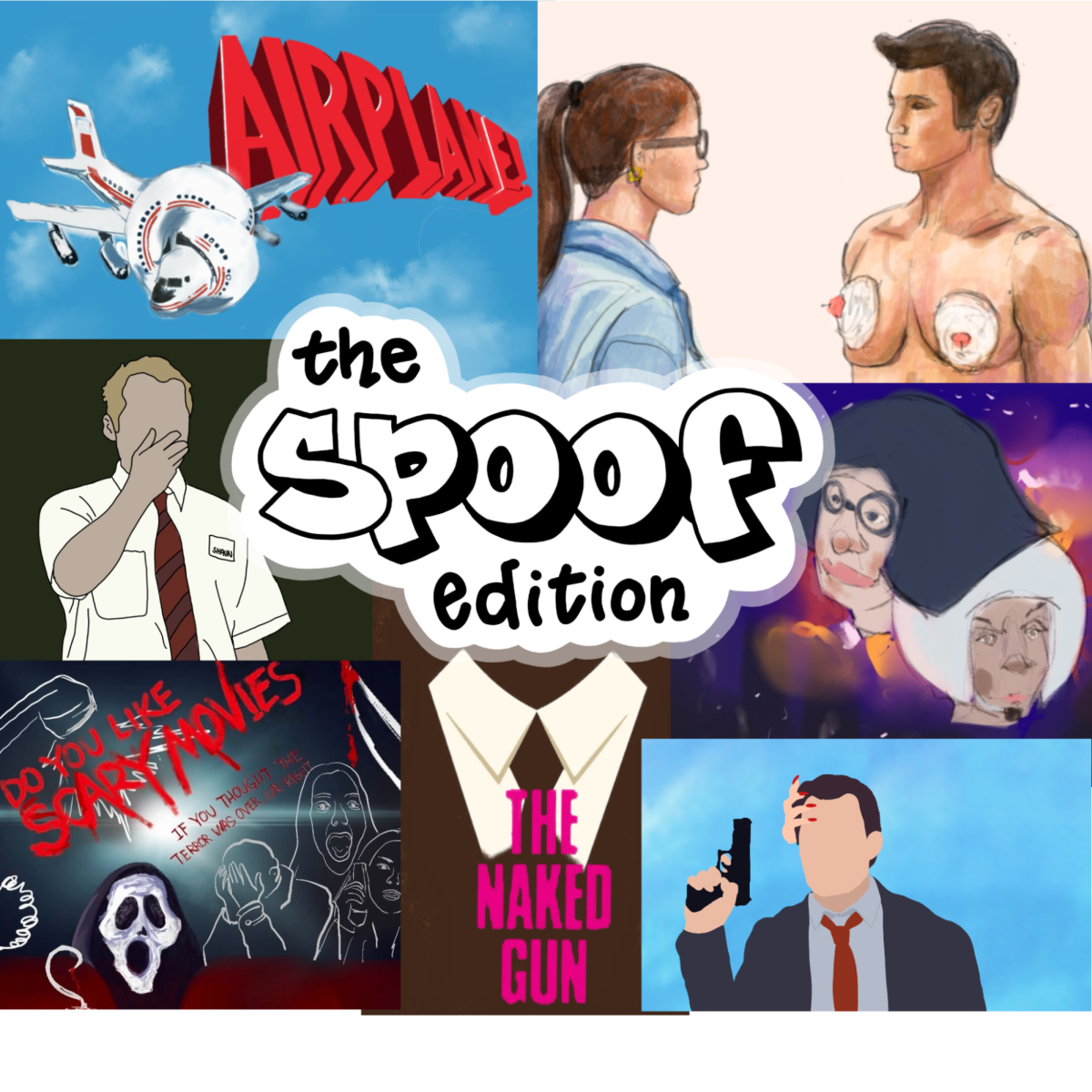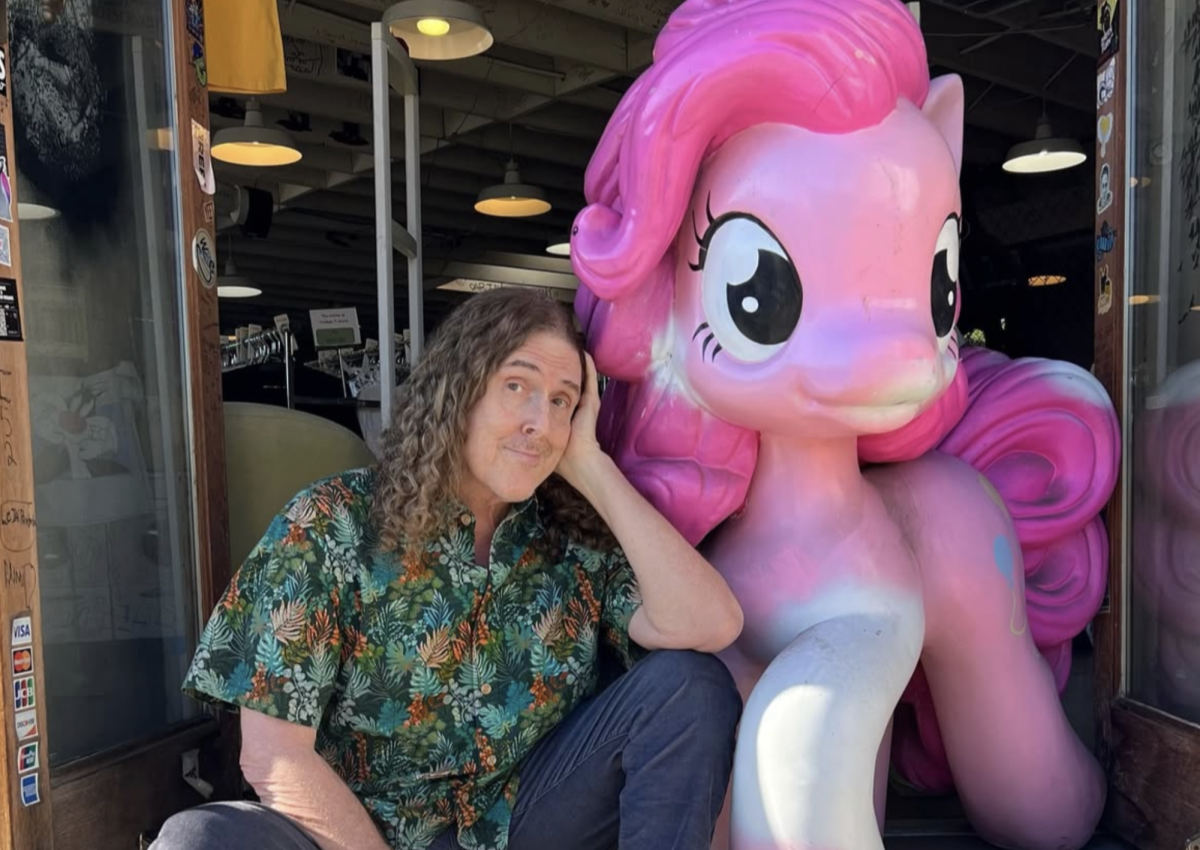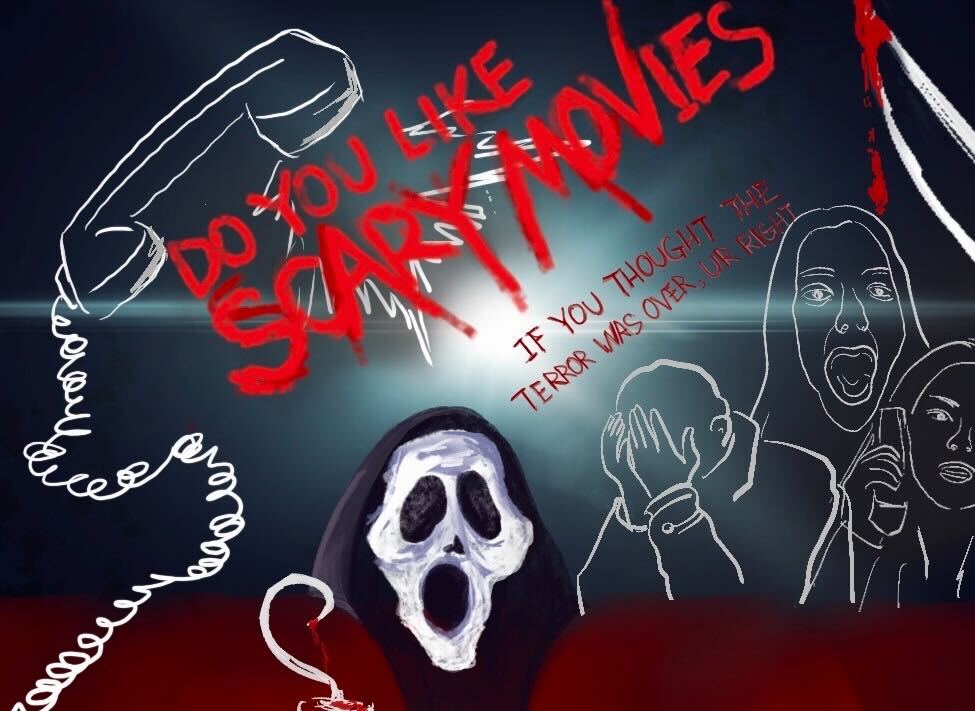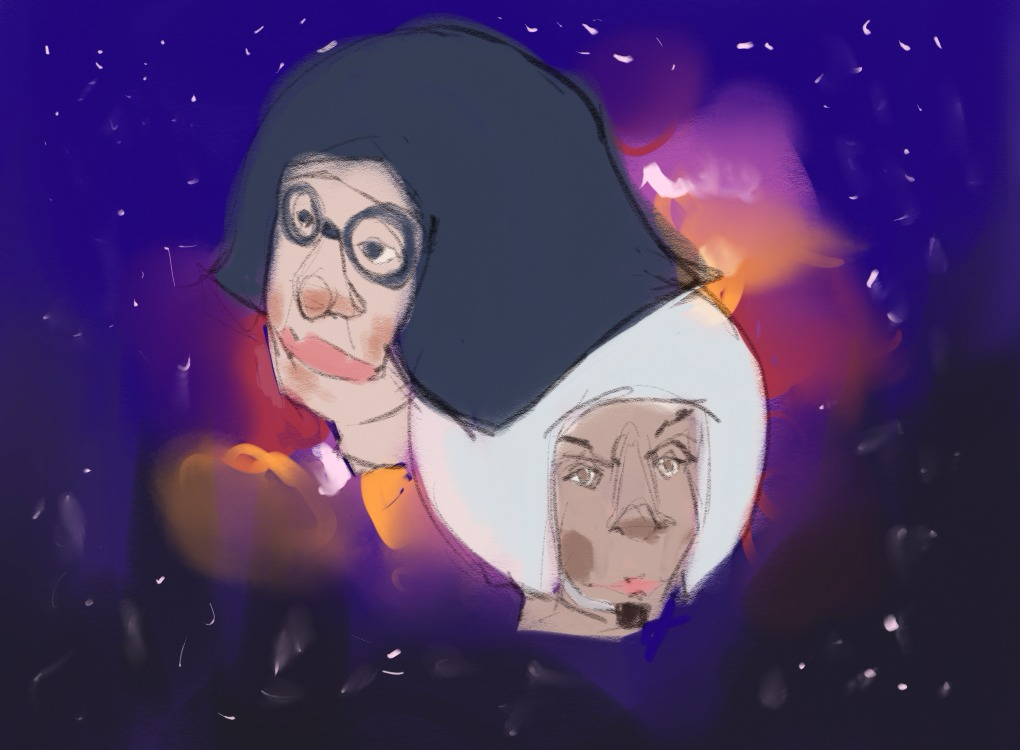★★★★☆
At a time when the box office can often seem to be dominated by reboots and sequels, it’s fitting that the “Scream” franchise has returned after 11 years with the meta-commentary it is known for.
The newest installment of the franchise — simply titled “Scream” — is the first film in the series without involvement from either legendary horror director Wes Craven or writer Kevin Williamson. Such drastic changes in creative leadership have historically been bad moves for franchises, but that wasn’t the case for “Scream.”
Filmmaking collective Radio Silence, a partnership between directors Matt Bettinelli-Olpin and Tyler Gillett and producer Chad Villella, successfully breathed new life into the series with this latest film, while still maintaining the franchise’s thrilling action sequences and tongue-in-cheek humor that fans have come to love.
“Scream” begins with an obvious recreation of the original’s iconic opening scene in which Ghostface tests the horror movie knowledge of Casey (Drew Barrymore) and eventually kills her. This time, the victim is Tara (Jenna Ortega), and though the scenario is the same, the dialogue is twisted to reflect the modern horror film scene of 2022.
Whereas in 1996, Ghostface’s questions cover famed horror titles like “Halloween” and “Friday the 13th,” the A24-obsessed Gen Z-er Tara would rather talk about “elevated horror”: more artistic and psychologically disturbing films like “Get Out” and “Hereditary.”
In recent years, these kinds of movies have overtaken slashers in popularity, which the writers of “Scream” appear to recognize through Tara’s dialogue. However, by demonstrating awareness that audiences no longer find straight-up violence interesting, “Scream” promises a more thought-provoking experience than your average slasher.
It would have been interesting to see how “Scream” navigates being a slasher film while knowing that the subgenre is no longer in vogue. Despite introducing this self-aware topic in the beginning of the film, the writers soon disappointingly abandon the discussion surrounding new, “intellectual,” arthouse horror movies. Instead, the film primarily takes aim at the recent trend of “requels,” or movies that revive dormant franchises yet do not continue the storyline in a linear fashion.
In the world of “Scream,” the real-life Ghostface murders inspire a horror franchise called “Stab,” which is essentially the “Scream” movies inserted into the film itself. When Tara is attacked in the same exact way Casey was 26 years ago in these meta-“Scream” movies, the film-savvy protagonists realize that the killer’s motive is to recreate murders from the first “Stab” movie in hopes of rebooting the “Stab” series.
Like its four predecessors, “Scream” is well aware of the horror genre’s prevalent clichés, which are introduced as rules the characters have to follow in order to survive: don’t have sex, don’t do drugs, don’t say “I’ll be right back,” etc.
As a sequel, “Scream” continues with the same narrative from its past installments. The classic faces of the series — Sidney Prescott (Neve Campbell), Gale Weathers (Courteney Cox) and Dewey Riley (David Arquette) — all return, albeit in more subdued roles than in the first four films. Although these legacy characters are not the primary focus of “Scream,” fans of the franchise will still be satisfied with how their story arcs continue.
Since the new “Scream” characters exist in a world in which the franchise has a fictionalized counterpart (“Stab”), they are able to lay out their own rules to help deduce the identity of Ghostface: never trust the love interest, the killer’s motive is always connected to something in the past and the first victim always has a friend group that the killer is part of.
Through outright specifying the repetitive nature of reboots, “Scream” is able to play with the viewers’ expectations. Will the plot mirror the first movie in the way the rules of a reboot entail? Or are these rules all red herrings that the movie will intentionally subvert? The meta-commentary is not just a self-indulgent show of the writers’ cleverness but also a plot device in and of itself that heightens the mystery of Ghostface’s identity.
Beyond the meta dialogue and plotlines, the tense cat-and-mouse games between Ghostface and the protagonists provide exhilarating thrills. Gruesome kills are abundant, and the movie showcases some of the most visceral violence in the franchise thus far. The film’s practical effects realistically display the brutality of Ghostface’s signature murder-by-stabbing.
“Scream” is a film made by and for diehard fans of the series. For people who are not invested in the multipart saga of the two-decade-long franchise, the movie’s constant pulling back of the curtain may seem like an obnoxious distraction from the central whodunit plot. But for consistent fans, these references and inside jokes are some of what made them fall in love with the franchise in the first place.
Reboots can either reinvigorate a franchise or forecast its impending demise. Seeing as “Scream” topped the box office the weekend following its release, it’s fair to say that this “requel” has successfully accomplished the former.














Brandon • Dec 6, 2023 at 4:43 pm
Nathaniel,
This review has made me reconsider my viewpoint on society. Thank you for such an enlightening post. You have great potential to be a writer, innovator, and most importantly, a director.